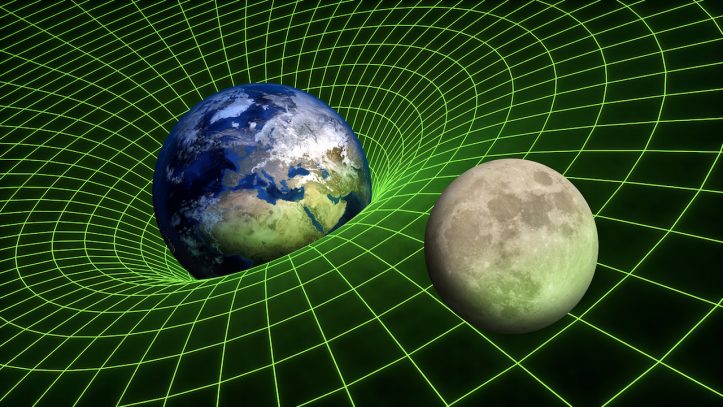What is Gravity? It’s because of the gravitational force between the heavenly bodies and the Earth the atmosphere stays in place and supplies us with all the oxygen we need to breathe while maintaining a safe proximity to the Sun to heat us up.
Gravity is also responsible for transferring mass from one body to another, most notably when two planets or stars form a relation. In astronomy this relationship is known as the Astronomical Newtonian Laws. Gravity ensures that we remain stable and comfortable, prevents falling objects from disturbing the balance of the planetary system and helps us remain intact during violent planetary interactions.

The concept of gravity was first explained by Galileo in 1610 through his telescope, he discovered the effects of Newton’s theory of relativity on celestial bodies and comets. In 1832, German astronomer Karl J. Ebert claimed that black holes were filled with a variety of particles and not just hydrogen. Later on, British astronomer Sir Isaac Newton came up with a similar idea. He too postulated that the reason why there is so much gravity present in the universe is because matter is spread across a relatively large space, unlike the thin atmosphere found on our planet.
According to Newton’s third law of universal gravitation, the force of gravity only acts directly on objects that have no deformation and are not moving. His second law of gravity states that the force of gravity acts in an equal proportion to the square of the distance between two objects. These laws state that the amount of force a body exerts against another depends on the difference in their distances. The smaller the difference, the lesser the force and vice versa. This enables the smaller, closer objects to escape from the gravitational attraction.
The strength of a gravitational force is dependent upon two variables. First, it is the force of gravity acting directly on an object, which can be expressed as -f(r, t) where r is the distance between two objects and t is time. Secondly, it is the force of gravity acting indirectly on an object, which can be expressed as -g(r, t), where r is the distance between two objects and it is time. Therefore, we get -g(r, t), where r is the distance between two objects and t is time. These values are then compared to find the value of the force of gravity acting on the two objects.
Although you might think that this explanation is simple, it is wrong for a number of reasons. First of all, it ignores the largest source of force, which is the North and South magnetic fields. Although they are weaker than the other forces of gravity, they are essential in maintaining a stable environment for the universe. It also completely ignores the largest known source of energy, which is radiant heat, emitted from stars, which is also a form of gravitational force.
Another explanation that many people believe to be true is that of why the universe is made up mostly of empty space. If there was so much mass in the universe, why do we not see any sign of it? It is possible that the denser structure of space pushes against it and makes it look like there is little mass, while the truth is that there is so much mass that it defies the laws of physics. Some people have even come up with the theory of ‘etaos’ that state that there is not much mass, but rather that there are great quantities of void space between galaxies that make up the major structure of the universe.
One very popular argument against the force that makes the planet spin, known as centrifugal force, comes from an unexpected source: the moon. The moon has a large impact on the earth, causing tides that can be measured and studied to determine the amount of force that the moon exerts against it. If the moon is pulling on the planet, it means that there is much more centrifugal force than what scientists previously thought. Theories suggest that the moon plays a huge role in how the earth spins, contributing about 40% of its weight, so understanding how it works could have applications far beyond the solar system.
We can use this information to better understand how gravity really works in our own planet. The satellite that goes above the Earth uses its orbit to correct its orientation. That way, it rotates on its axis at the right angle to keep it pointing back toward the equator. Using the information from other space telescopes, scientists have calculated how much the tilt and orbit correction add to the total weight of the moon. By applying this information to how the moon keeps the planets within their belts, they have been able to calculate how much force the moon exerts on objects within the solar system. Using all of these data, they have been able to better understand the relationship between gravity, the planets, and our own planet.